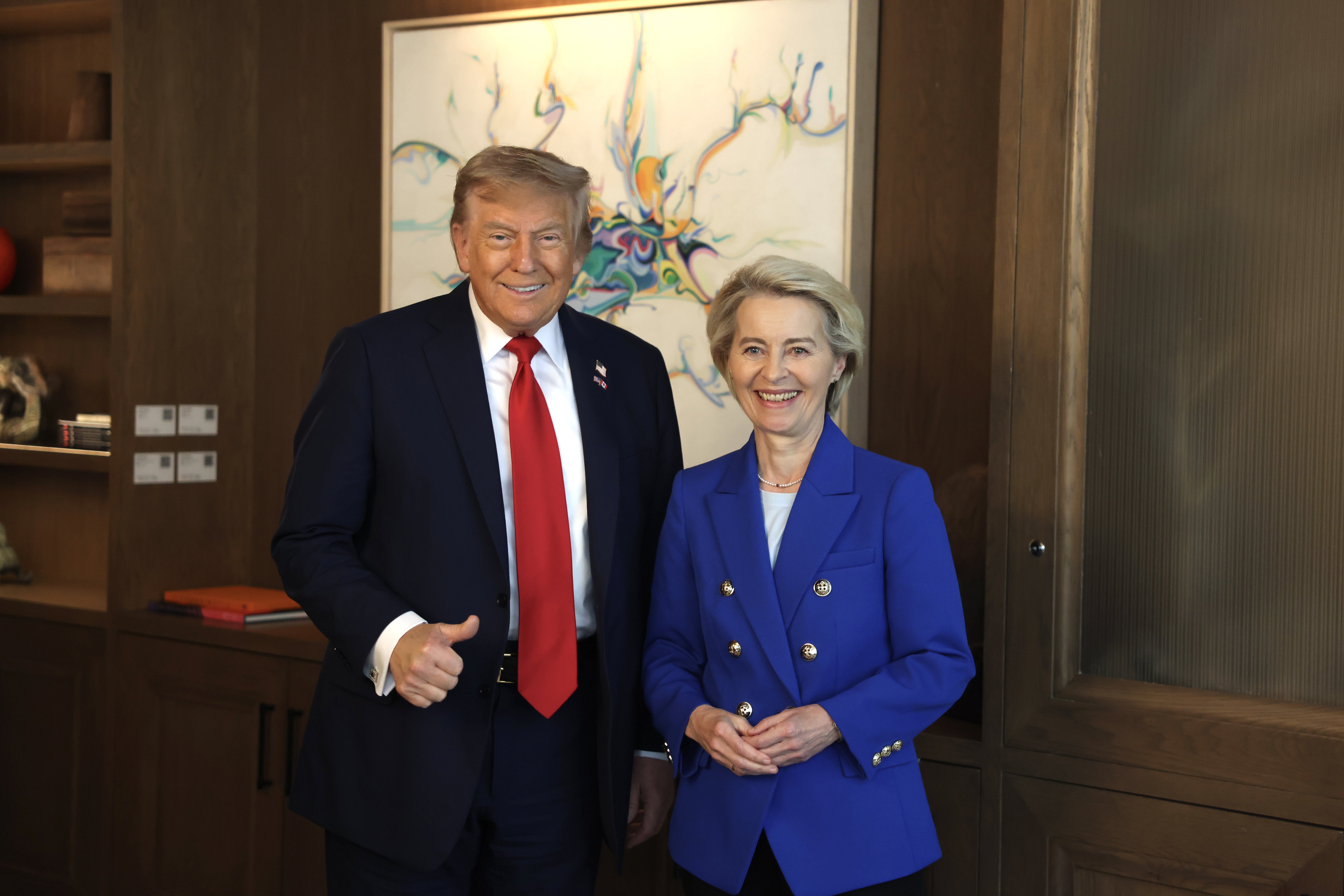
European Commission President Ursula von der Leyen and US President Donald Trump announced an EU-US trade agreement after months of tough negotiations, narrowly beating Trump’s August 1 deadline. Many in Europe welcomed the avoidance of the initially threatened 30% tariffs, though concerns remain over the final details and uneven impact across member states.
The deal sets a 15% tariff on most EU exports to the US — an improvement from the threatened 30% but still a sharp rise from the previous average of 4.8%. While some European leaders regret the lack of a tougher stance, many acknowledge the agreement brings much-needed certainty after months of uncertainty. Germany’s Finance Minister Lars Klingbeil called the outcome regrettable but better than continued escalation. The agreement is not legally binding, according to the European Commission; it constitutes a “set of political commitments.” Meanwhile, US officials portray the deal as “historic structural reforms,” but admit ongoing negotiations on certain points. French President Emmanuel Macron described the deal as only a “first step” in a broader negotiation process expected to continue into the fall.
Key Discrepancies Between EU and US Positions
Significant differences remain on crucial points, including pharmaceuticals and semiconductors, where the US claims these sectors will face a 15% tariff, while the EU insists they will maintain 0% tariffs until global agreements are reached, with future tariffs capped at 15%. On steel and aluminum, the US will keep tariffs at 50% temporarily; the EU hopes to negotiate a quota system replacement. On energy purchases, the US states the EU “will” buy $750 billion in US oil, LNG, and nuclear energy, while the EU says it only “intends” to do so as it reduces reliance on Russian supplies. The US also claims the EU has agreed to significant military equipment purchases, a claim the EU denies.
Countries Most Affected
The 15% tariffs will impact all EU countries but with varying severity. Germany, Ireland, and Italy face particular exposure due to their trade relationships with the US. Germany’s car industry exports 13% of its output to the US, making the tariff a costly burden. Ireland, heavily reliant on pharmaceutical exports to the US worth $50 billion annually, greeted the deal with cautious acceptance. Italy anticipates a 0.2% GDP hit, with sectors like agriculture, pharmaceuticals, and automotive feeling the strain. Trade groups in Italy are already seeking compensation from the EU for expected losses. However, analysts warn that broad compensation could end up burdening taxpayers, which might ultimately benefit Trump by shifting the cost to Europeans.
What The Author Thinks
This deal, while offering a short-term reprieve from harsher tariffs, is far from a final solution. The numerous unresolved points and divergent interpretations suggest prolonged negotiations ahead. European countries must stand firm to ensure fair treatment and avoid shouldering disproportionate economic burdens. Blanket compensations are a slippery slope, risking taxpayer money without guaranteeing relief to the hardest-hit industries. This agreement underscores the complex balancing act between maintaining transatlantic relations and protecting national economic interests.
Featured image credit: Wikimedia Commons
For more stories like it, click the +Follow button at the top of this page to follow us.
